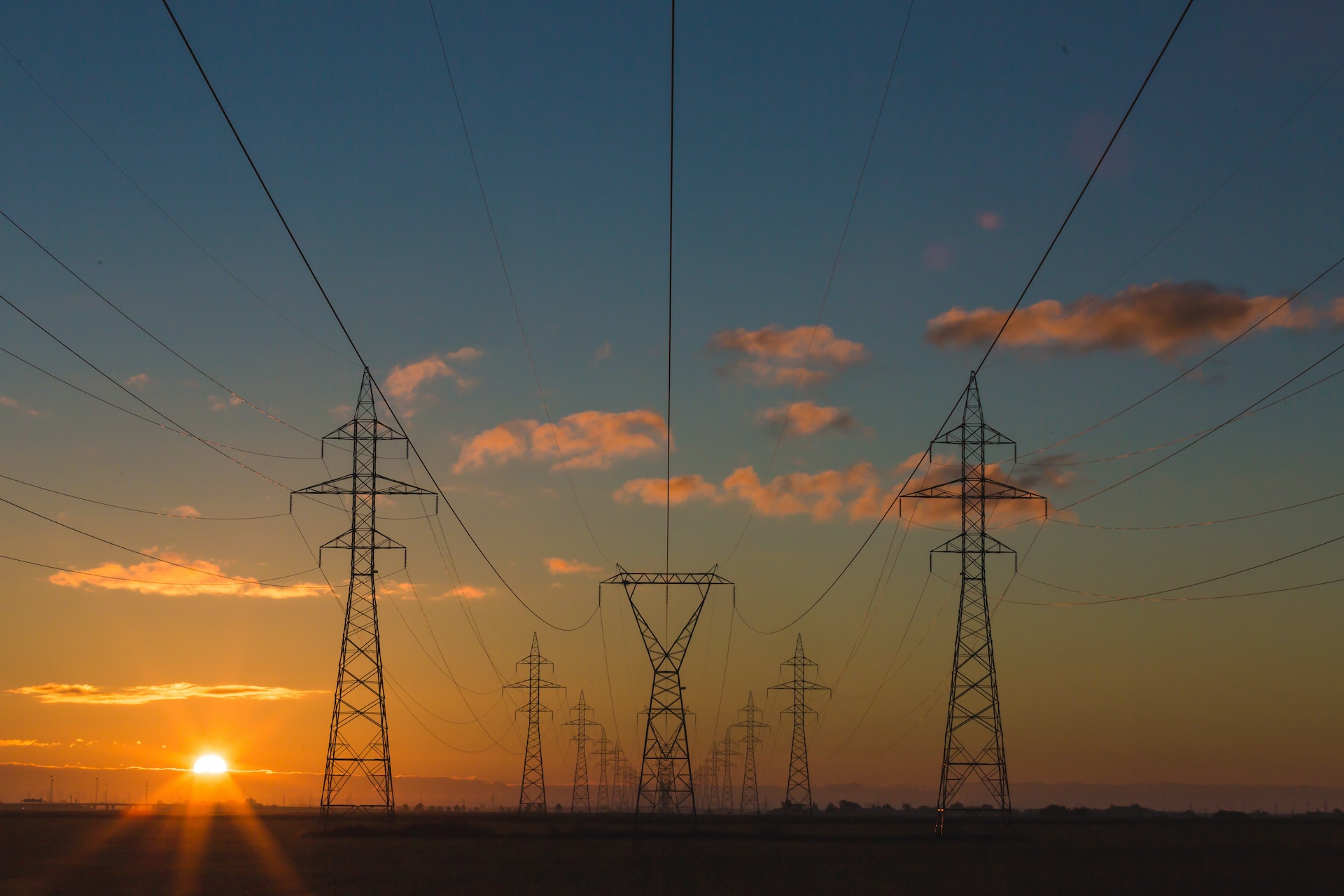In an era of increasing climate change, cities in the United States must establish robust, cost-efficient, and adaptable electric systems. By securing affordable and easily accessible electricity, cities can effectively meet the escalating needs of a growing population while fostering sustainable economic development. Here are six ways to successfully strengthen a city’s power grid, ensuring its resilience and longevity.
1- Upgrade and Expand Infrastructure
Investing in infrastructure upgrades, and expansion is paramount to enhancing the capacity and reliability of power grids. This involves replacing aging equipment, reinforcing structures, and implementing advanced technologies to improve reliability and reduce transmission losses. Moreover, as cities grow, additional power generation capacity is often necessary. Building new power plants, especially those that use clean and efficient technologies, can help meet the increasing electricity demand and ensure a stable power supply in a city.
2- Implement Smart Grid Technologies
Smart grid technologies enable real-time power grid monitoring, control, and optimization. This encompasses advanced metering infrastructure (AMI), distribution automation, demand response systems, and grid analytics. By integrating these technologies, a city can enhance grid efficiency, detect and respond to outages more swiftly, and better manage electricity demand.
3- Enhance Energy Storage Capabilities
To optimize the utilization of renewable energy and stabilize the grid, cities should focus on enhancing energy storage capabilities. Large-scale battery energy storage systems (BESS) can store excess electricity during low-demand periods and release it during high-demand periods. They also come in handy when intermittent renewable sources are not generating power. Pumped hydro storage, involving water pumping from a lower reservoir to a higher one during low-demand or excess generation periods, provides a cost-effective and efficient means of energy storage on a larger scale.
4- Diversify Energy Sources
Reducing dependence on a single energy source minimizes the risk of disruptions and strengthens the overall power grid. Cities should invest in diverse energy solutions, including renewable sources such as solar, wind, and hydroelectric power. Other conventional sources include natural gas and nuclear energy. This combination increases resilience and facilitates the transition toward a more sustainable, low-carbon energy system.
5- Improve Grid Pliability and Cybersecurity
Strengthening a city’s power grid also involves enhancing its vulnerability to natural disasters, cyberattacks, and other threats. This includes implementing robust physical and cybersecurity measures, conducting regular grid assessments, and establishing emergency response protocols. By proactively addressing potential risks, a city can ensure the continuity of power supply during challenging situations.
6- Promote Decentralized Generation and Microgrids
Encouraging decentralized generation, such as rooftop solar panels and small-scale wind turbines, can contribute to a more resilient power grid. Adopting distributed energy resources (DERs) allows for localized generation, reducing transmission losses and vulnerability to centralized system failures. Additionally, using microgrids in a city will ensure a steady power supply to critical facilities like hospitals, emergency services, and community centers.
By implementing these strategies, cities can significantly strengthen their power grids. However, it is essential to note that each city’s power grid may have unique characteristics and requirements, necessitating a tailored approach. Engaging with local stakeholders, utilities, and energy experts is crucial to developing a comprehensive strategy for strengthening the power grid and ensuring its long-term reliability and sustainability.




